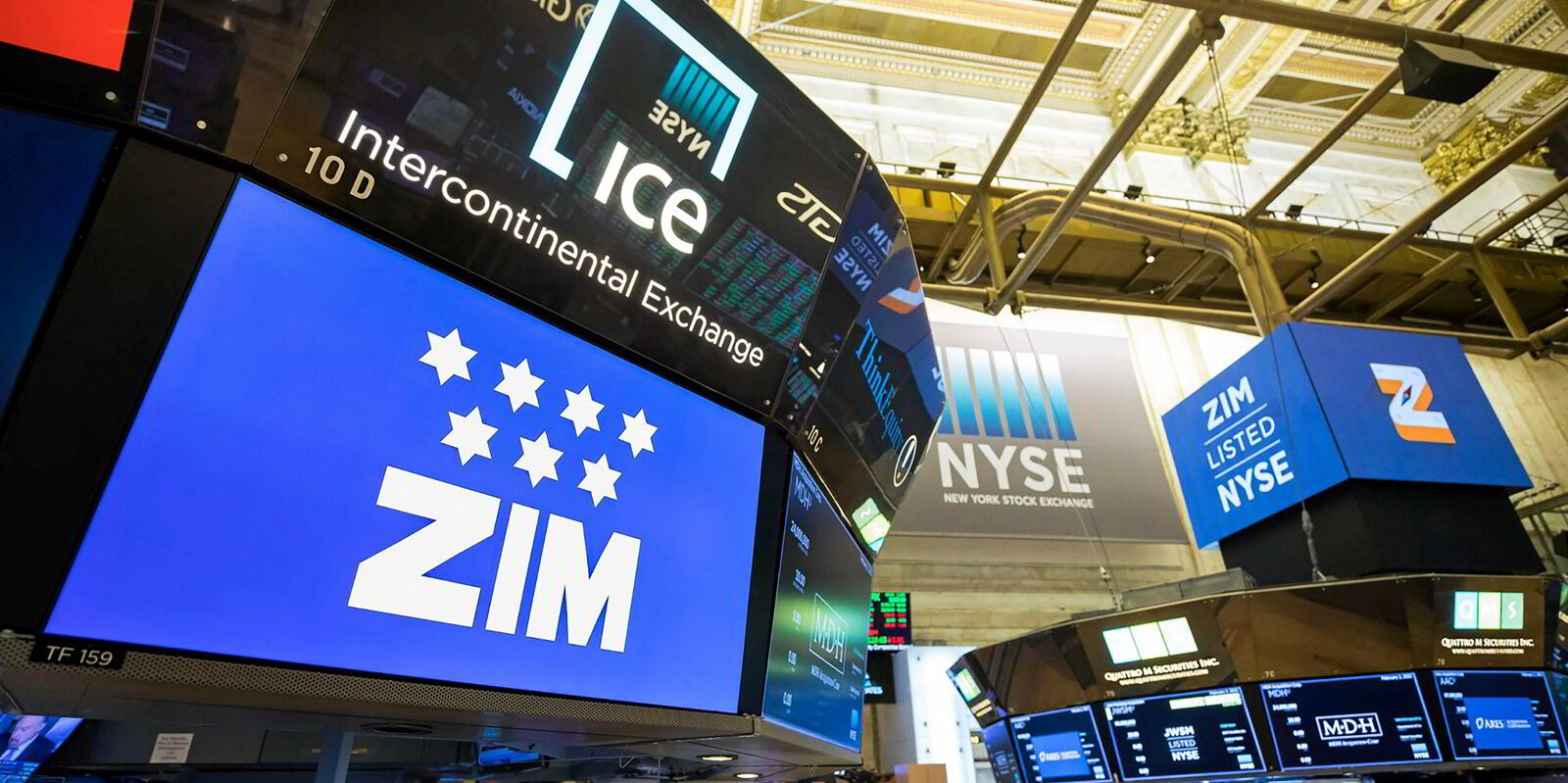Container spot rates have continued their steep decline for a 12th week, led by a fall in the Asia to Europe and the US East Coast trades.
Overall freight rates are likely to increase again next year given the likelihood of continued disruptions such as port strikes, according to Drewry.
Spot rates from Asia to North Europe dropped by $544 to $3,290 per 40-foot equivalent unit (feu) in the two days to 18 October, according to the Freightos Baltic Index (FBX).
That is down from peaks close to $9,000 per feu in July to levels, which remain double where rates were trading for most of last year.
Apot rates from Asia to the US East and West Coast are moving in opposite directions.
Freight rates from Asia to the US West Coast jumped over $1,000 per feu to $5,831 per feu in the two days to 18 October, according to FBX numbers.
In contrast, rates from Asia-US East Coast dropped nearly $1,500 to $5,403 per feu following the resolution of the three day port strike earlier this month.
Further falls
Spot rates have declined for 12 consecutive weeks since mid-July, as additional capacity joined the market and an early peak season ended.
Drewry expects further falls that may occur in the coming weeks.
But overall rates — including spot and contract rates — are expected to remain relatively firm early next year, according to Drewry managing director and head of supply chains Philip Damas on a webinar.
The freight market is likely to be supported by slow steaming, port strikes and stronger carrier capacity discipline.
That means that the additional capacity of about 3m teu that will join the market next year will be more than offset by other factors.
Drewry pointed to the likelihood of port strikes on the US East Coast resuming in 2025.
That would tighten the freight market. If there are no port strikes, spot rates are not expected to rise but would be unlikely to fall much either.
Drewry concluded that rates will remain higher than pre-pandemic levels.
“Even if the Suez Canal reopens, we do not expect that container freight rates will go back to pre-pandemic levels,” Damas said.





